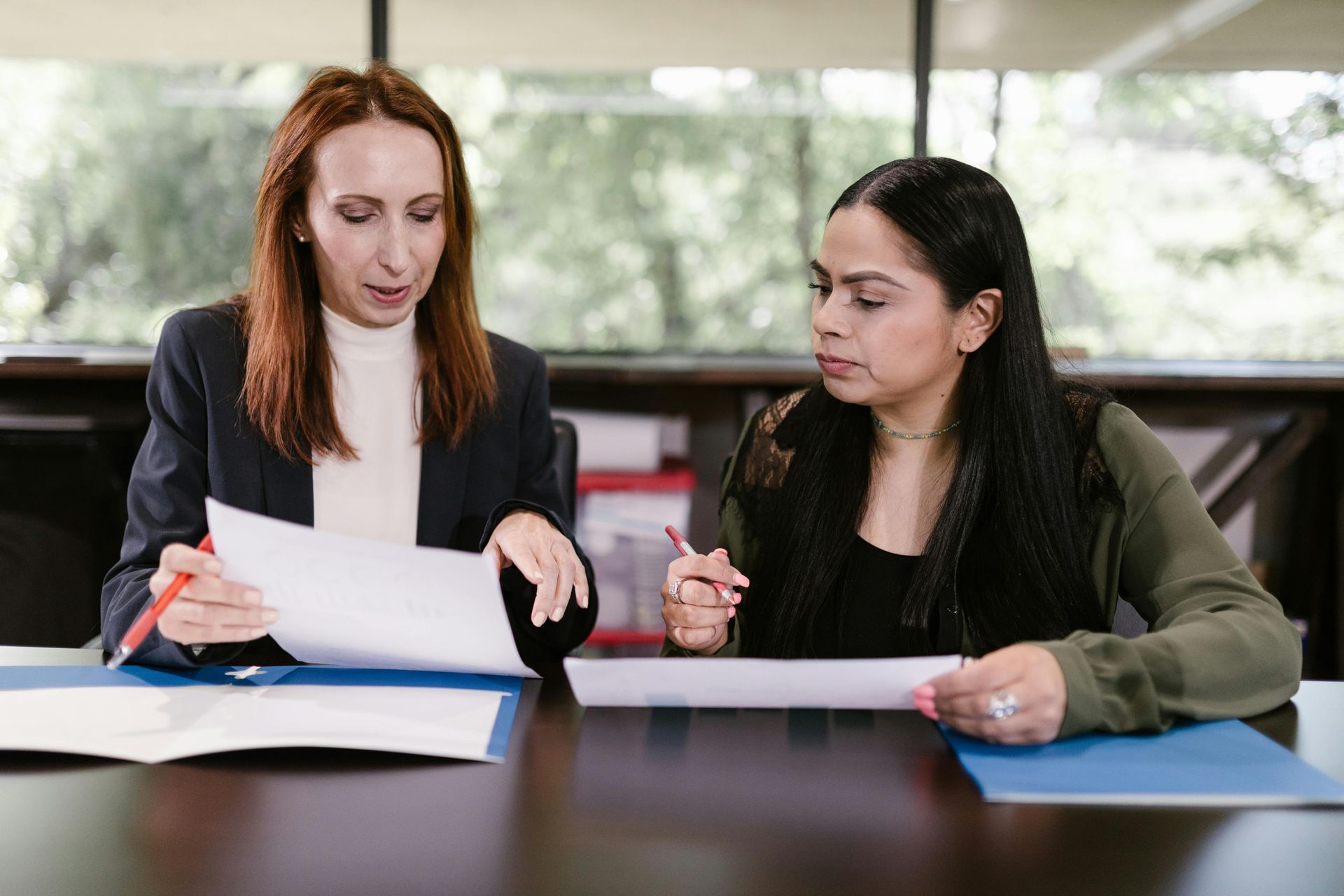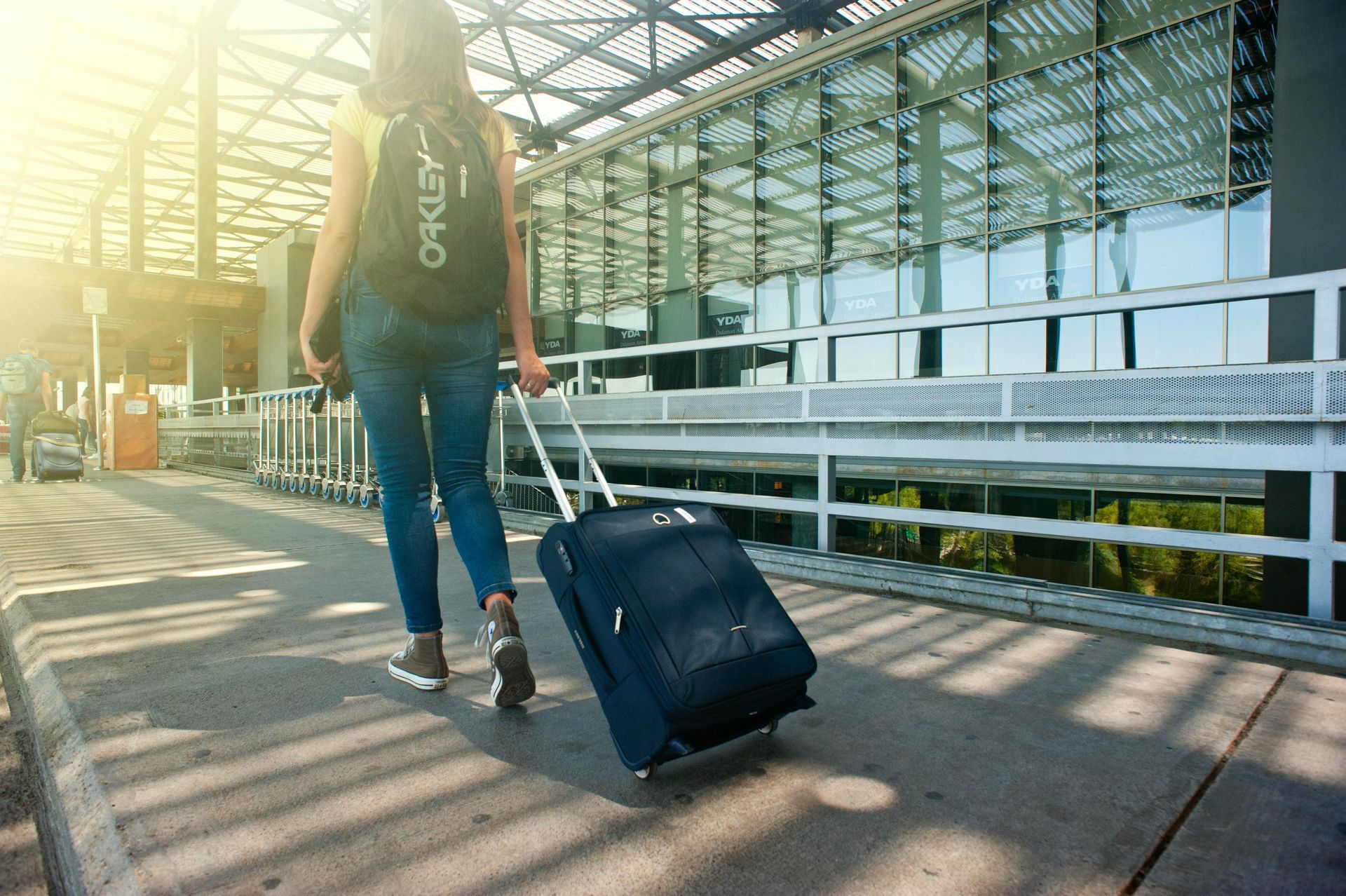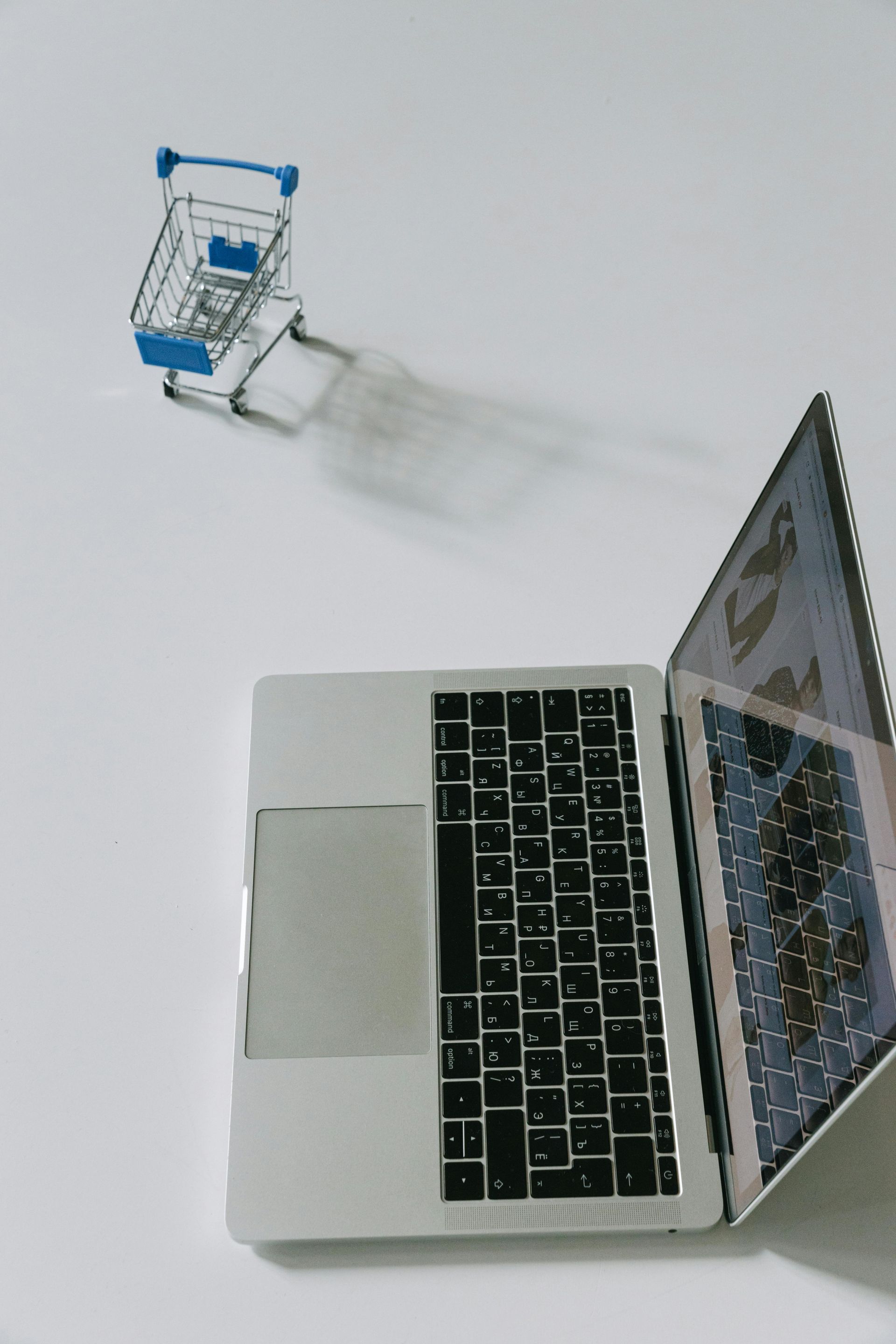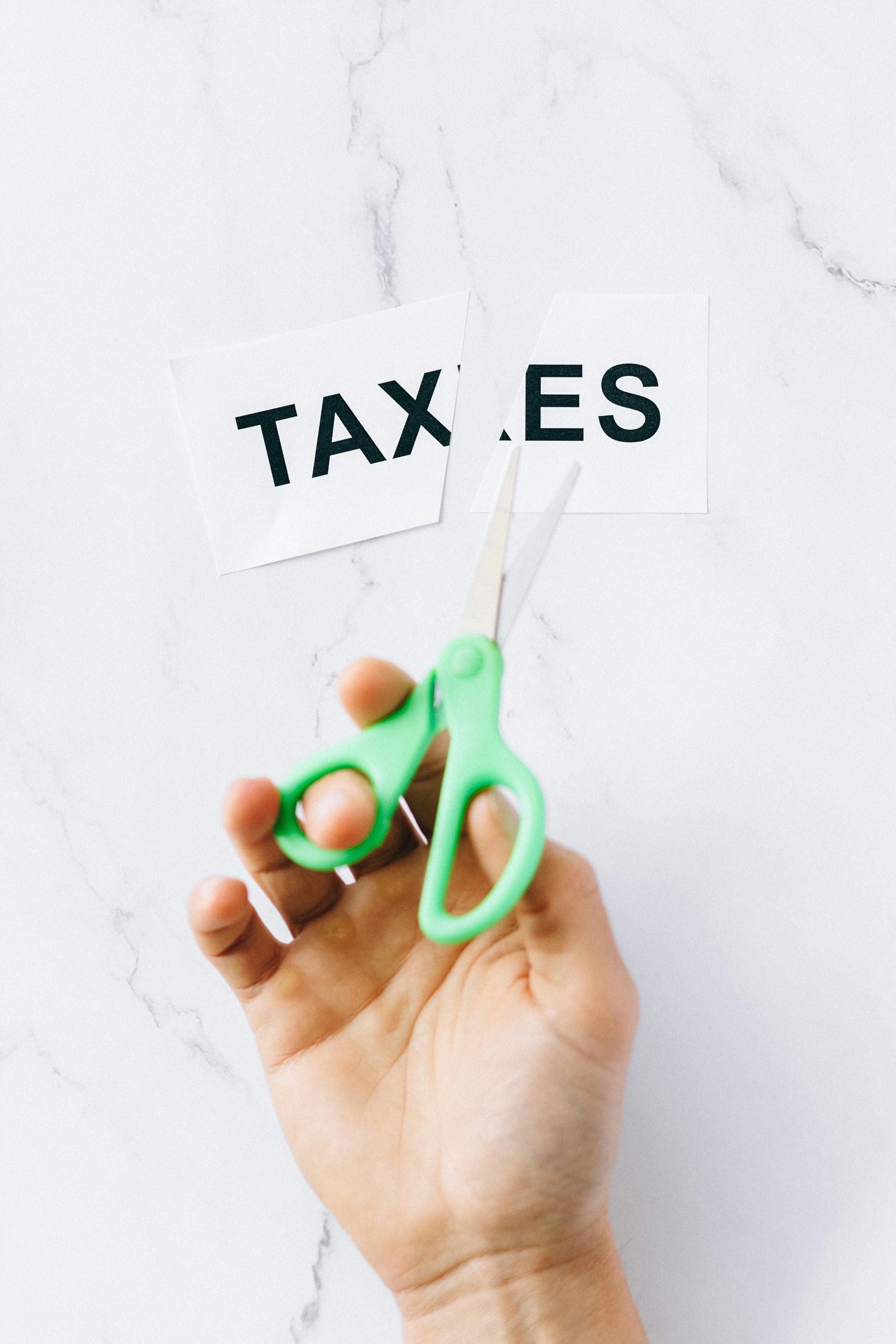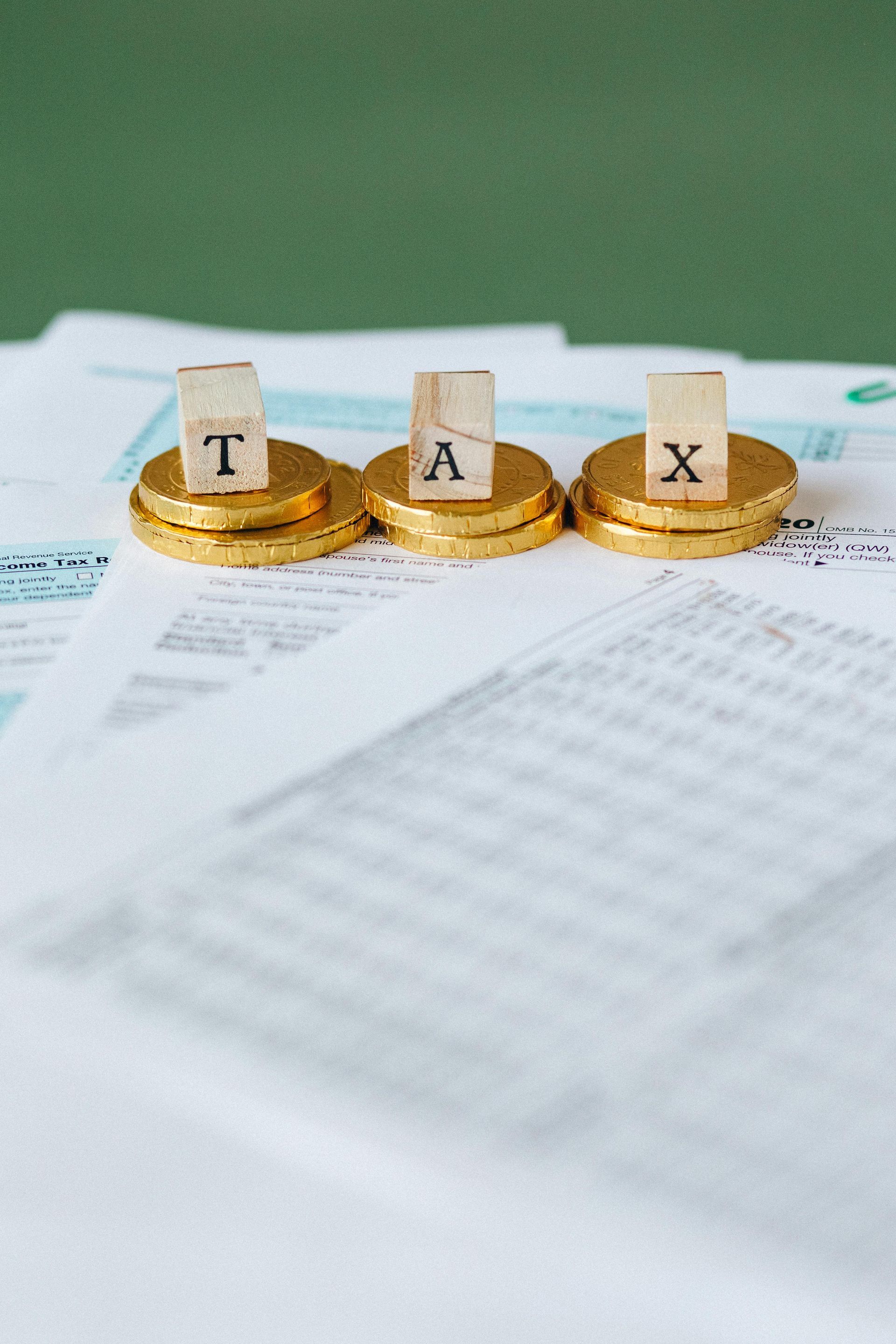Are you treating repairs and improvements correctly?
The way that expenses relating to business premises are grouped can often cause problems with HMRC if they are found out to be non-deductible for tax purposes. If you take the correct steps to begin with it makes everything a lot smoother!
Before recording any property expenditure, first identify if it is a revenue cost (day-to-day expense) like decoration or maintenance or a capital cost. A capital cost could be divided into two sections:
1. Acquisition/Improvement of building or structure
2. Plant/machinery/ equipment that is permanently attached to the building (lights, water system etc)
Remember, if you do your own bookkeeping there is a much higher risk of errors- so double check everything!
Revenue costs: if you incur a repair or maintenance cost relating to the premise, a tax deduction for the expense is allowed in the same way that other revenue expenditure (energy bills, staff costs and overheads) are recorded in the profit and loss account.
Capital costs: these tend to be extensive and go beyond simple repairs. Capital expenditure should be recorded as a fixed asset on the business’ balance sheet.
Hidden capital costs: there can be costs that are normally treated as revenue but can also be related to capital improvements. For example, you may have changed your office into an open plan structure (capital) but now need to paint the walls. This cost is related to capital and not revenue!
Timing also comes into play for determining if expenses are capital or revenue. If a building is acquired in a condition that stops it from being used for the purpose it was intended for, expenses incurred to make it fit for use are usually capital even if they fall under the revenue category. Categorization is not always simple and luckily HMRC will accept a common-sense approach to it!
No deduction from profits is allowed for capital expenditure if it has been incurred on or after 29 October 2018. However, it may qualify for a special capital allowance deduction known as the structures and buildings allowance (SBA). The tax relief for SBAs is equal to 3% of the costs per year (2% until April 2020).
If you need help identifying what is a hidden capital cost and whether your capital costs may be eligible for the SBA, give us a call on 01622 738165- we are here to give you a helping hand!

